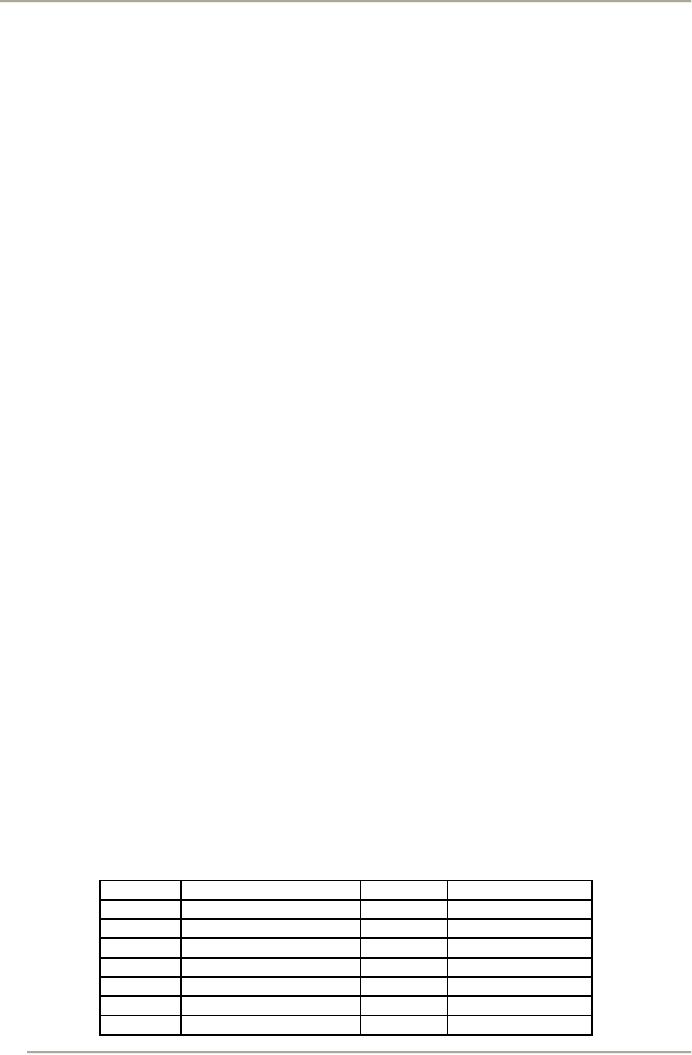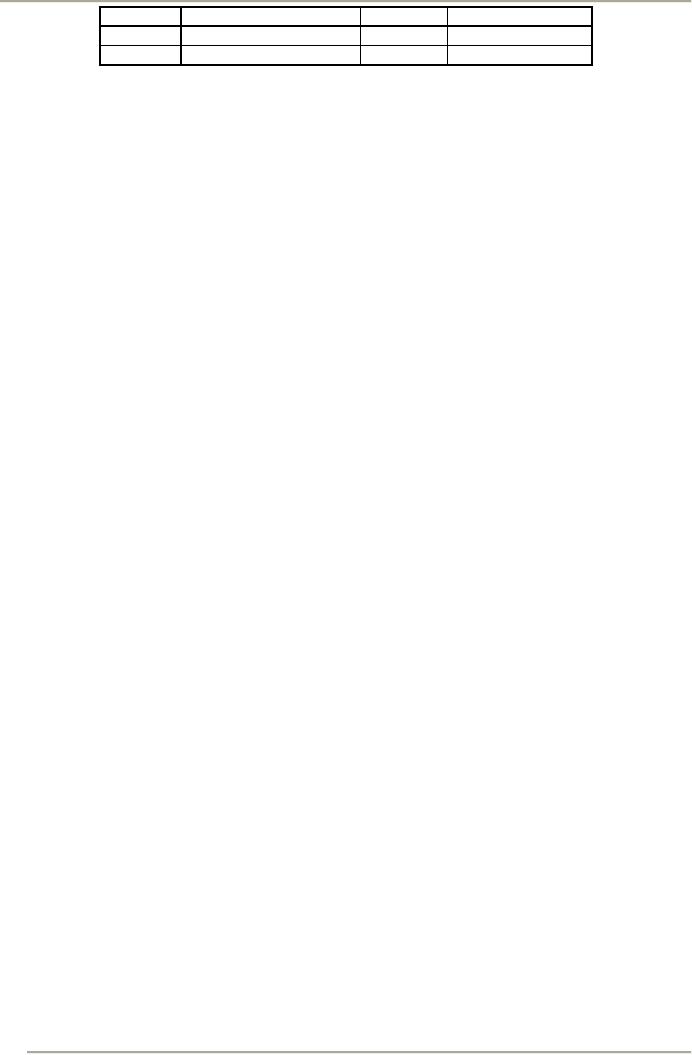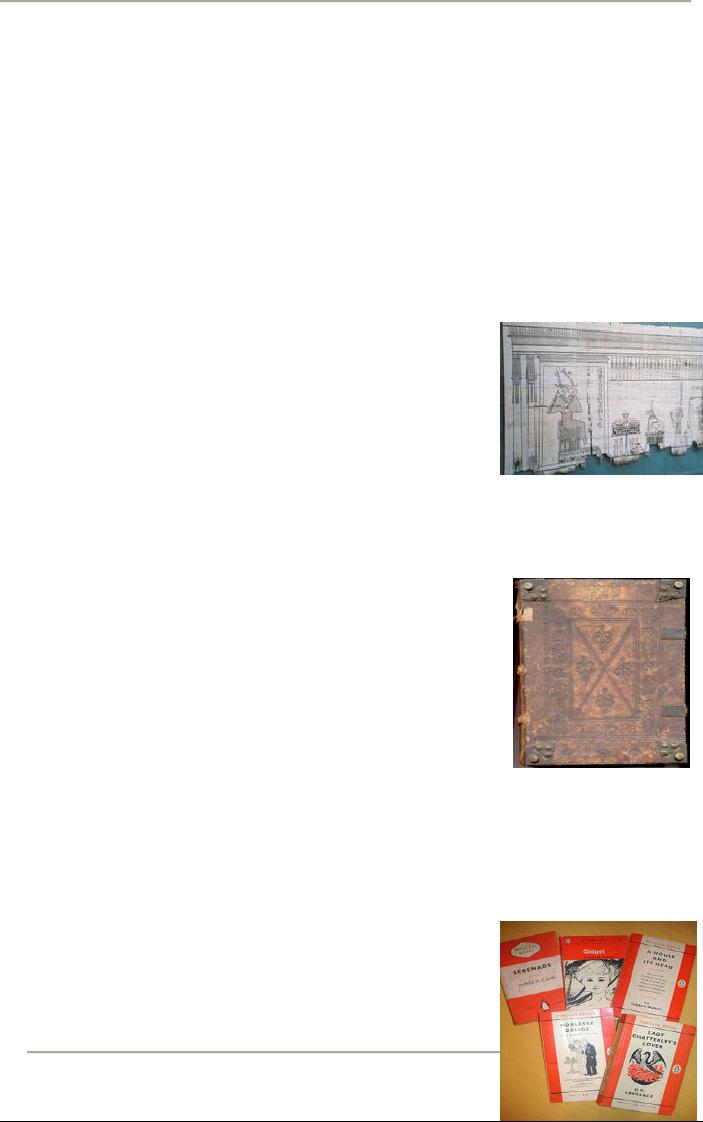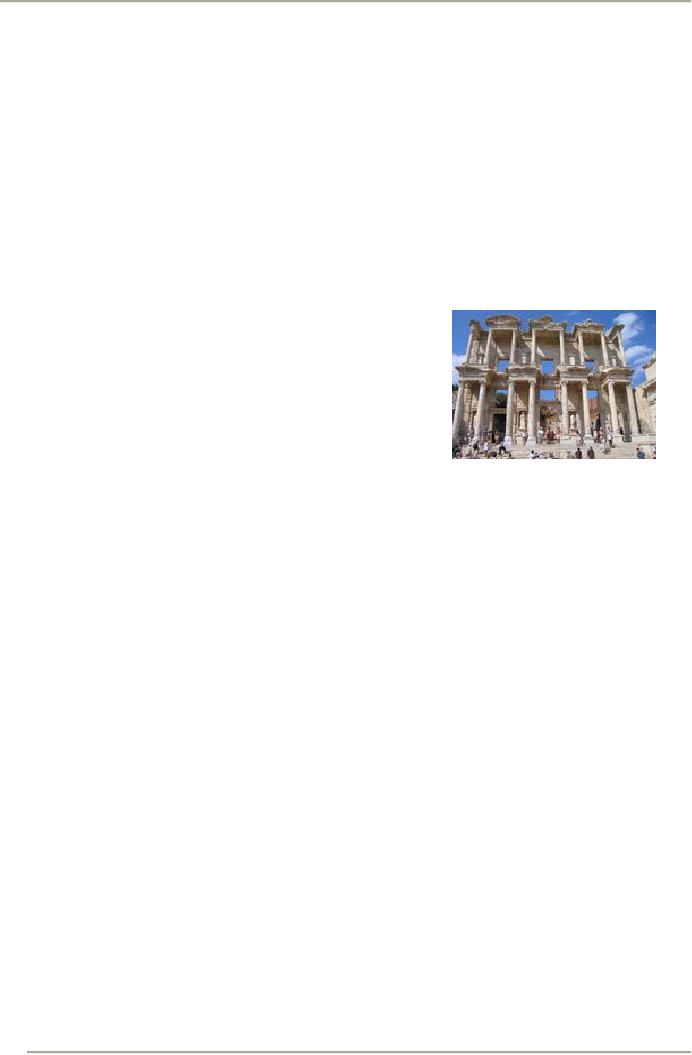 |

Introduction
to Mass Communication MCM
101
VU
LESSON
16
TYPES
OF PRINT MEDIA
With a
sort of boon coming in the world of print
communication with the availability of
printing
press,
telegraph, telephone and telex, the
publishing industry made hey
while the sun was
shinning.
The
first hundred years was the
time when the print industry tried to
comprehend the new situation
and
shaped
itself into a regular and
formal sector but from the
start of the 19th century, print media in
most
countries
started specializing in certain
areas. Since business in the
form of advertisements in the print
was
also
flourishing, the media enjoyed a great
deal of financial comfort and
provided jobs to tens of
thousands
of
people across the globe.
The
publishing industry, a synonym
with print media, could be
classified in general terms
into three distinct
categories:
�
Newspapers
�
Magazines
�
Books
In
the following paragraphs we will see
these three areas with
more details.
Newspapers
It
took about 150 years
from the invention of printing
press in the middle of 15th century that the
world
witnessed first regular
publication which could be defined as a
newspaper.
Although
there have been claims by
many to be decorated as first
newspaper like Mixed News in
China in
710,
Notizie Scritte, a monthly
newspaper for which readers
pay a "gazetta", or small coin by
Venetian
government
in 1556 etc, the World Association of
Newspapers held "Relation", as the first
newspaper
published
in France in 1605. By this reckoning the
newspapers' history is 400
years old. The
Relation
followed
a list of news papers from
all around the world. Here is a
brief account of some
popular papers:
1621
----
In London, the newspaper Courante
is
published.
1631
----
The
Gazette, the
first French newspaper, is
founded.
1639
----
First American colonial printing
press.
1645
----
World's oldest newspaper still in
circulation, Post-och
Inrikes Tidningar, is published in
Sweden
1690
----
Publick
Occurrences is the
first newspaper published in America when
it appears in Boston. The
editor,
Benjamin Harris, stated he would issue
the paper "once a month, or,
if any Glut of
Occurrences
happen,
oftener." The royal authority,
wary of publications printed without
its express consent,
suppresses
the
newspaper after only one
issue.
1704
----
Daniel Defoe, the author of
Robinson
Crusoe and
often recognized as the world's first
journalist,
begins
to publish the Review, a periodical
covering European affairs.
1798
----
Alois Sedenfelder Invents
Lithography. Although invented
over two centuries ago,
off set
lithography
first gained popularity in the
1960's, and is now the industry
standard.
1803
----
Australia's military government publishes the
Sydney
Gazette and New South
Wales Advertiser,
the
country's
first newspaper. This is
only fifteen years after the
colony of convicts had been
established in
Sydney
Cove.
1812
----
Friedrich Koenig invents the Steam
Powered Cylinder Press. In
1814, John Walter, publisher of
The
Times in
London, began to assemble the
new press in secrecy, fearing
that his pressmen might
riot if
they
discovered his plans. On the
night of November 28, 1814,
Walter took his pressmen
away from their
hand
presses with the excuse that
he was expecting important
news from the continent. He
then used
Koenig's
presses to produce the entire print run
of The
Times -- at an
output of 1,100 sheets per
hour.
1844
----
Telegraph is invented.
1851
----
Reuters news agency, is
established.
1900
----Vladimir
Lenin founds Iskra, in Leipzig,
Germany. This revolutionary newspaper is
to become a
major
tool for Communist
propaganda.
44

Introduction
to Mass Communication MCM
101
VU
1903
----
Alfred Harmsworth (later
Lord North cliffe) develops
the first tabloid newspaper, the
Daily
Mirror,
in
London. The Daily
Mirror introduced
the concept of the "exclusive" interview.
The first was with
Lord
Minto,
the new Viceroy of India, in
1905.
As
the newspapers came to age, they
assumed different shapes and
assigned themselves different
jobs.
Contents
General-interest
newspapers are usually journals of
current news. Those can include
:
Political
events
Crime
Business
Culture
Sports
Opinions
(either editorials, columns, or political
cartoons)
Newspapers
use photographs to illustrate stories; they
use editorial cartoonists,
usually to illustrate writing
that
is opinion, rather than
news.
Some
specific features a newspaper
may include are:
�
weather
news and forecasts
�
an
advice column
�
critical
reviews of movies, plays,
restaurants, etc.
�
editorial
opinions
�
a
gossip column
�
comic
strips and other entertainment,
such as crosswords and
horoscopes
�
a
sports column or section
�
a
humor column or section
�
a
food column
Types
of newspapers
Besides
the contents, the newspapers also
specialize in their
type.
�
International
newspapers
�
Weekly
newspapers
�
Sunday
newspapers
�
National
newspaper
�
Local
newspaper
Circulation
A
big issue with newspapers is
always the size of their circulation.
This also determines the
revenue
it
can generate, and number of people it
can employ with it. The
mass circulation also gives a
newspaper a
weigh
in a number of local and national
matters and its editorial
staff enjoys a unique freedom in more
than
one
ways.
Some
top ranking newspapers circulation-wise
are as follow:
Rank
Title
Country
Circulation
(000)
1.
Yomiuri
Shimbun
Japan
14,067
2.
The
Asahi Shimbun
Japan
12,121
3.
Mainichi
Shimbun
Japan
5,587
4.
Nihon
Keizai Shimbun
Japan
4,635
5.
Chunichi
Shimbun
Japan
4,512
6.
Bild
Germany
3,867
7.
Sankei
Shimbun
Japan
2,757
45

Introduction
to Mass Communication MCM
101
VU
8.
Canako
Xiaoxi (Beijing)
China
2,627
9.
People's
Daily
China
2,509
10.
Tokyo
Sports
Japan
2,425
Magazine
A
magazine is a periodical publication
containing a variety of articles,
generally financed by
advertising,
purchased by readers, or
both.
Magazines
are typically published weekly, biweekly,
monthly, bimonthly or quarterly, with a
date on the
cover
that is later than the date it is
actually published. They are often
printed in colour on coated
paper,
and
are bound with a soft
cover.
Types
of magazines
Art
magazines
Business
magazines
Music
magazines
Computer
magazines
Children's
magazines
Health
and fitness magazines
History
magazines
Humor
magazines
Inspirational
magazines
Men's
magazines
Women's
magazines
Luxury
magazines
News
magazines
Online
magazines
Pulp
magazines
Pornographic
magazines
Regional
magazines
Satirical
magazines
Teen
magazines
Consumer
magazines
Consumer
magazines are aimed at the
public and are usually
available through retail outlets.
They
range
from general-interest titles such as
Time,
Esquire
and
Cosmopolitan,
which appeal to a broad spectrum
of
readers,
to highly specialist titles covering particular
hobbies, leisure pursuits or
other interests.
Business
magazines
Many
business magazines are
available only, or predominantly, on
subscription. In some cases
these
subscriptions
are available to any person
prepared to pay; in others,
free subscriptions are
available to
readers
who meet a set of criteria
established by the publisher. This practice,
known as controlled
circulation,
is
intended
to guarantee to advertisers that the
readership is relevant to their
needs.
All
magazines have some elements
in common, even if they are a
listings magazine or a simple
advertising
vehicle.
The main features of content
in magazines mainly consist of the cover
page features,
reviews,
problem
pages, interviews, advertisements, competitions
and some form of gossip.
Other common
elements
are; advice columns,
campaigns, do it yourself features, in
our next issues, makeovers,
letters' page,
opinion
columns, and contents
pages.
The
main features of presentation of
magazines are the cover
pages, the layout and the
design photographs
and
illustrations use of colour, an insight
of the actual magazine and
visual narrative. The better the
visual
narrative
of the magazine, the more it will
appeal to its specific
audience.
46

Introduction
to Mass Communication MCM
101
VU
Books
Though
books existed before print technology, they
were limited in number and
their readership
was
also confined to few.
A
book is a collection of paper, parchment
or other material with a
piece of text written on
them, bound
together
along one edge, usually
within covers. Each side of
a sheet is called a page and
a single sheet within
a
book may be called a leaf. A
book is also a literary work
or a main division of such a
work
Books
became part of the mass
media after the printing process
was invented. Now they are in the
reach of
almost
everyone and could cover any
distance on the planet. Their topics
are varied and their value
could be
judged
from the fact that most
libraries in the world are due to books
rather than other published
material.
When
writing systems were
invented in ancient civilizations, nearly
everything that could be written
upon--
stone,
clay, tree bark, metal
sheets--was used for
writing. Alphabetic writing
emerged in Egypt around
1800
BC.
Scroll
Egyptian
papyrus showing the god Osiris and the
weighing of the
heart
In
Ancient Egypt, papyrus (a
form of paper made by
weaving the stems of
the
papyrus plant, then pounding
the woven sheet with a hammer
like tool)
was
used for writing maybe as
early as from First Dynasty, but
first
evidence
is from the account books of King
Neferirkare Kakai of the
Fifth
Dynasty
(about 2400 BC).
Middle
Ages
Manuscripts
Before
the invention and adoption of the
printing press, almost all
books were copied by hand,
which
made books expensive and comparatively
rare. Smaller monasteries
had usually only some
dozen
books,
medium sized a couple hundred. By the
ninth century larger
collections
held around 500
volumes.
Wood
block printing
A
15th century
incunabulum
Notice
the blind-tooled cover, cornerbosses and
clasps for holding the
book
shut.
Innovations
in casting the type based on a matrix
and hand mould. This
invention
made books comparatively affordable
(although still quite
expensive
for
most people) and more widely
available. It is estimated that in
Europe
about
1,000 various books were
created per year before the development
of the printing press.
Paper
Though
papermaking in Europe had
begun around the 11th century, up until
the beginning of 16th
century
vellum and paper were
produced congruent to one another, vellum
being the more expensive
and
durable
option. Printers or publishers
would often issue the same
publication on both materials, to
cater to
more
than one market. As was the
case with many medieval
inventions, paper was first
made in China, as
early
as 200 B.C., and reached
Europe through Muslim territories. At
first made of rags, the
industrial
revolution
changed paper-making practices,
allowing for paper to be
made
out
of wood pulp.
Modern
world
A
collection of Penguin Books
With
the rise of printing in the fifteenth
century, books were
published
in limited numbers and were
quite valuable. The need to
protect
47

Introduction
to Mass Communication MCM
101
VU
these
precious commodities was evident. One of
the earliest references to the use of
bookmarks was in
1584
when the Queen's Printer, Christopher
Barker, presented Queen Elizabeth I with
a fringed silk
bookmark.
Common bookmarks in the eighteenth and nineteenth
centuries were narrow silk ribbons
bound
into
the book at the top of the spine
and extended below the lower
edge of the page. The first
detachable
bookmarks
began appearing in the 1850's
and were made from silk,
embroidered fabrics or leather.
Not
until
the 1880's, did paper and
other materials become more
common.
Steam-powered
printing presses became
popular in the early 1800s.
These machines could print
1,100
sheets
per hour, but workers could
only set 2,000 letters
per hour. Monotype and
linotype presses were
introduced
in the late 19th century. They could set
more than 6,000 letters
per hour and an entire line
of
type
at once.
The
centuries after the 15th century were
thus spent on improving both
the printing press and
the
conditions
for freedom of the press through the
gradual relaxation of restrictive censorship
laws. In mid-
20th
century, Europe book production
had risen to over 200,000
titles per year.
Collections
of books
In
the Middle Ages, monasteries
and universities had
also
libraries
that could be accessible to general
public. Typically not
the
whole
collection was available to
public; the books could not be
borrowed
and often were chained to
reading stands to prevent
theft.
Celsus
Library was built in 135
A.D. and could house around
12,000
scrolls.
The
beginning of modern public library
begins around 15th century.
The
advent of paperback books in the 20th century led to
an explosion of popular publishing.
Paperback
books
made owning books affordable
for many people.
48
Table of Contents:
- MASS COMMUNICATION – AN OVERVIEW:Relationships, Power
- EARLY MASS COMMUNICATION AND PRINTING TECHNOLOGY
- SEVEN CENTURIES OF MASS COMMUNICATION – FROM PRINTING TO COMPUTER
- ELEMENTS OF COMMUNICATION AND EARLY COMMUNICATION MODELS
- COMMUNICATION MODELS – GRAPHIC PRESENTATION OF COMPLEX ISSUES
- TYPES AND FORMS OF COMMUNICATION:Inter personal, Combination
- MESSAGE – ROOT OF COMMUNICATION I:VERBAL MESSAGE, Static Evaluation
- MESSAGE – ROOT OF COMMUNICATION II:Conflicts, Brevity of Message
- EFFECTS OF COMMUNICATION:Helping Out Others, Relaxation
- COMMUNICATION AND CULTURE:Enculturation, Acculturation
- LANGUAGE IN COMMUNICATION:Polarization, Labeling, Static meanings
- STEREOTYPING – A TYPICAL HURDLE IN MASS COMMUNICATION:Stereotype Groups
- MASS MEDIA – HISTORICAL PERSPECTIVE:Early analysis on manuscripts
- EMERGENCE OF PRINT MEDIA AROUND THE WORLD:Colonial journalism
- TELEGRAPH DOES MIRACLE IN DISTANCE COMMUNICATION TELEX AND TELEPHONE ENTHRALL PRINT COMMUNICATION
- TYPES OF PRINT MEDIA:Newspapers, Magazines, Books
- PRESS FREEDOM, LAWS AND ETHICS – NEW DEBATE RAGING STILL HARD
- INDUSTRIALIZATION OF PRINT PROCESSES:Lithography, Offset printing
- EFFECTS OF PRINT MEDIA ON SOCIETY:Economic ideas, Politics
- ADVERTISING – HAND IN HAND WITH MEDIA:Historical background
- RENAISSANCE AND SCIENTIFIC REVOLUTION: ROLE OF PRINT MEDIA:Science
- RECAP:Elements of communication, Books, Printing, Verbal Message
- MEDIA MANAGEMENT:Division, Business section, Press
- IMAGES IN MASS COMMUNICATION – INVENTION OF PHOTOGRAPHY:Portrait photography
- MOTION PICTURES – A NEW WAY IN MASS COMMUNICATION-I:Definition
- MOTION PICTURES – A NEW WAY IN MASS COMMUNICATION (Cont...):Post-Studio Era
- FILM MEDIA IN SUBCONTINENT AND PAKISTAN-I:Accusations of plagiarism
- FILM MEDIA IN SUBCONTINENT AND PAKISTAN (II) & ITS EFFECTS:First Color film
- PROPAGANDA:Types in another manner, Propaganda in revolutions
- RADIO – A BREAKTHROUGH IN MASS COMMUNICATION:What to broadcast
- EFFECTS OF RADIO ON SOCIETY:Entertainment, Information, Jobs
- TELEVISION – A NEW DIMENSION IN MASS COMMUNICATION:Early Discoveries
- TV IN PAKISTAN:Enthusiasm, Live Broadcast, PTV goes colored
- EFFECTS OF TELEVISION ON SOCIETY:Seeing is believing, Fashion
- PUBLIC RELATIONS AND MASS COMMUNICATION - I:History, Case Study
- PUBLIC RELATIONS AND MASS COMMUNICATION - II:Audience targeting
- ADVERTISING BEYOND PRINT MEDIA:Covert advertising
- IMPACT OF ADVERTISING:Trial, Continuity, Brand Switching, Market Share
- MEDIA THEORIES:Libertarian Theory, Social Responsibility Theory
- NEW MEDIA IN MASS COMMUNICATION:Technology forcing changes
- GLOBALIZATION OF MEDIA:Media and consumerism, Media centralization
- MEDIA MERGENCE:Radio, TV mergence, Economic reasons
- MASS MEDIA IN PRESENT AGE:Magazine, Radio, TV
- CRITICISM ON MEDIA:Sensationalize, Biasness, Private life, obscenity
- RECAP:Legends of South Asian Film Industry, Radio, Television, PTV goes colored